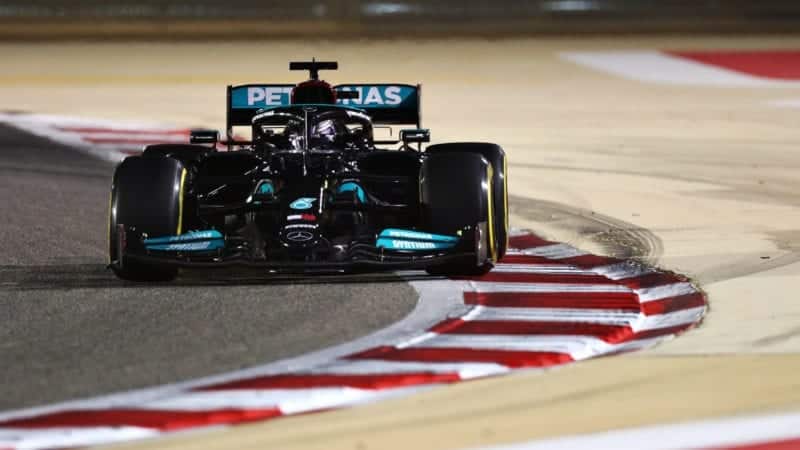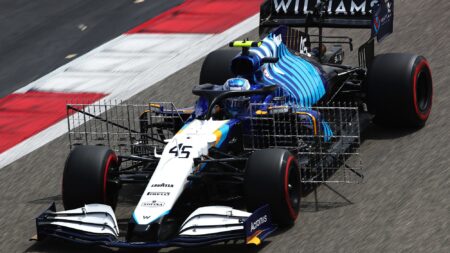Of course, if you have the capability and the resource then you could physically amend the track so that the layout is different – as long as it’s making it better – but if that isn’t possible then there should be no debate. The limits exist and should be driven to.
Turn 4 at the Bahrain International Circuit is the obvious catalyst for my rant, but there are countless others as well at different venues throughout the season. The final corner in Abu Dhabi was a prime focus last year; numerous corners at Circuit of the Americas have to be addressed each time we race there; the latter section of the Red Bull Ring; Parabolica at Monza; Turn 2 at Sochi; Turn 1 at Portimao…. The list goes on and on.
Quite often the argument crops up that it’s due to the run-off area, and if there was gravel there then drivers would never run wide. That’s true, because the gravel provides a penalty, just like a wall does, and just like the stewards should any time a driver leaves the track chasing a better lap time.
All four wheels going off-track might be the result of a mistake, but it should result in the lap time getting deleted automatically. If that mistake happened at a corner with gravel or a wall on the outside, the penalty would be so much harsher than just a deleted lap time, so I don’t see the grounds for complaint.
And isn’t it surprising how drivers can stay within the track limits when it’s going to physically hurt if they don’t, but they can’t when the penalty is only a virtual one imposed by the stewards?
I’m sure a number of the corners in Monaco could be made more fun to drive by moving a wall out of the way, but that’s not possible, so the drivers have to stick to the layout as it is. It’s the same layout for everyone. It’s not designed to be the most fun for them, it’s designed to test them (or in the case of Monaco to show-off the principality).
I know I’m talking in extremes, but it’s because these examples show it is more than possible for the drivers to drive to whatever the limitations are of the circuit. But then we get to certain corners where they choose not to because another line is quicker or it’s easier on the tyres to open up the radius of the corner and run massively wide, and they get pandered to.
It’s just weak to not impose the rules strictly and let the drivers decide when they want the track limit to be the limit and when they want it to be something else.



